Rising Health Consciousness
The increasing awareness of health and wellness among consumers appears to be a pivotal driver for the Granulated Tapioca Market. As individuals seek healthier alternatives to traditional starches, tapioca, known for its gluten-free and low-calorie properties, is gaining traction. Market data indicates that the demand for gluten-free products has surged, with a notable increase in sales of tapioca-based items. This trend is likely to continue as more consumers prioritize clean labels and natural ingredients in their diets. Consequently, manufacturers in the Granulated Tapioca Market are adapting their product lines to cater to this health-conscious demographic, potentially leading to innovative formulations and expanded distribution channels.
Growth in the Snack Food Sector
The expansion of the snack food sector is emerging as a crucial driver for the Granulated Tapioca Market. With consumers increasingly seeking convenient and on-the-go snack options, tapioca-based snacks are becoming more prevalent. Market data reveals that the demand for healthy snacks has escalated, prompting manufacturers to develop innovative products that leverage tapioca's unique properties. This trend is likely to foster the introduction of new snack varieties, such as tapioca chips and puffs, which appeal to health-conscious consumers. As the snack food industry continues to evolve, the Granulated Tapioca Market stands to benefit from this growth, potentially leading to increased production and market penetration.
Rising Popularity of Asian Cuisine
The growing popularity of Asian cuisine is significantly influencing the Granulated Tapioca Market. Dishes such as bubble tea and tapioca pearls have gained immense popularity, particularly among younger demographics. This trend is reflected in market data, which indicates a surge in the consumption of tapioca-based products in various regions. As consumers become more adventurous in their culinary choices, the demand for authentic Asian dishes that incorporate granulated tapioca is likely to rise. This cultural shift not only enhances the visibility of tapioca in the culinary landscape but also presents opportunities for the Granulated Tapioca Market to expand its offerings and reach a broader audience.
Versatile Ingredient in Food Production
Granulated tapioca's versatility as an ingredient in various food products is a significant driver for the Granulated Tapioca Market. It is utilized in a wide array of applications, from baked goods to beverages, and even as a thickening agent in sauces. The food industry is increasingly recognizing the benefits of tapioca, which can enhance texture and improve mouthfeel. Recent market analysis suggests that the use of tapioca in gluten-free and vegan products is on the rise, reflecting a shift in consumer preferences. This versatility not only broadens the scope of tapioca's applications but also encourages innovation within the Granulated Tapioca Market, as manufacturers explore new ways to incorporate this ingredient into diverse culinary creations.
Sustainability Trends in Food Production
Sustainability trends are increasingly shaping the Granulated Tapioca Market, as consumers and manufacturers alike prioritize environmentally friendly practices. The demand for sustainably sourced ingredients is on the rise, with consumers showing a preference for products that align with their values. This shift is prompting manufacturers to adopt sustainable farming practices for tapioca cultivation, which may enhance the appeal of granulated tapioca in the marketplace. Market data suggests that products with sustainability certifications are experiencing higher sales, indicating a potential growth area for the Granulated Tapioca Market. As sustainability becomes a core focus, companies that embrace these practices may gain a competitive edge, fostering innovation and consumer loyalty.



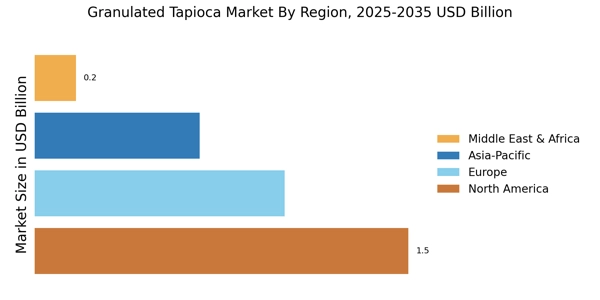
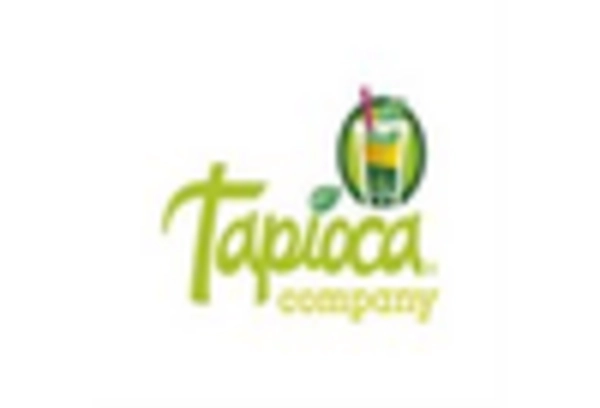

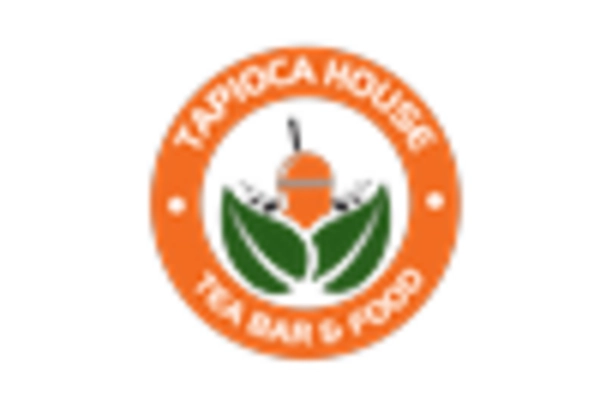
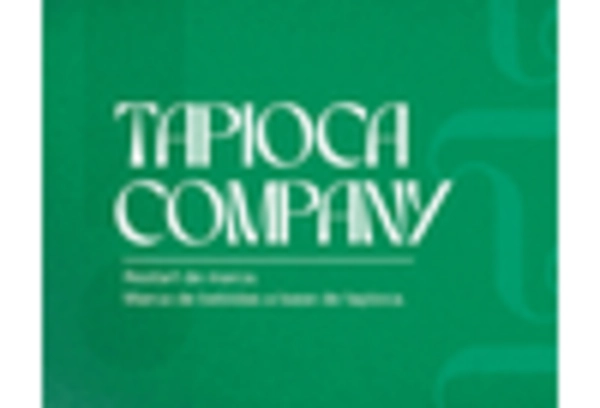
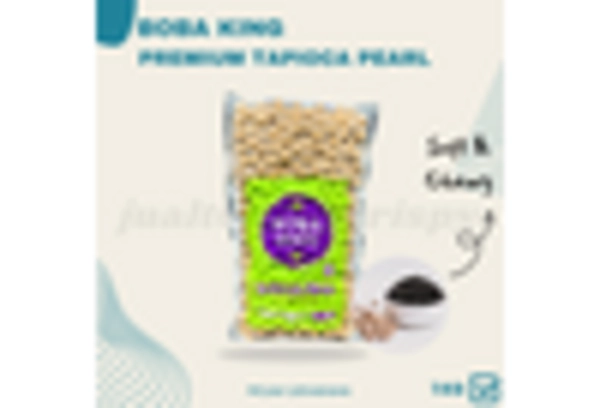
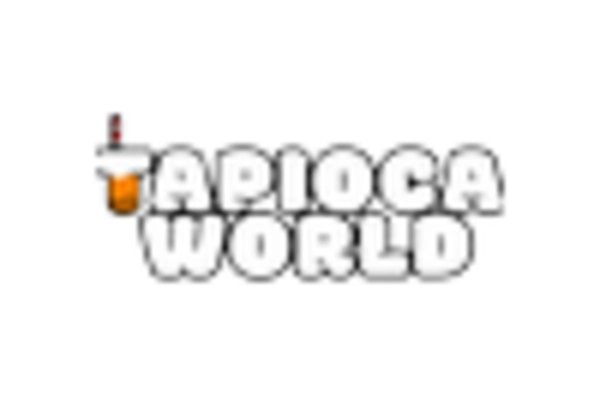








Leave a Comment